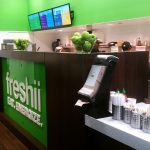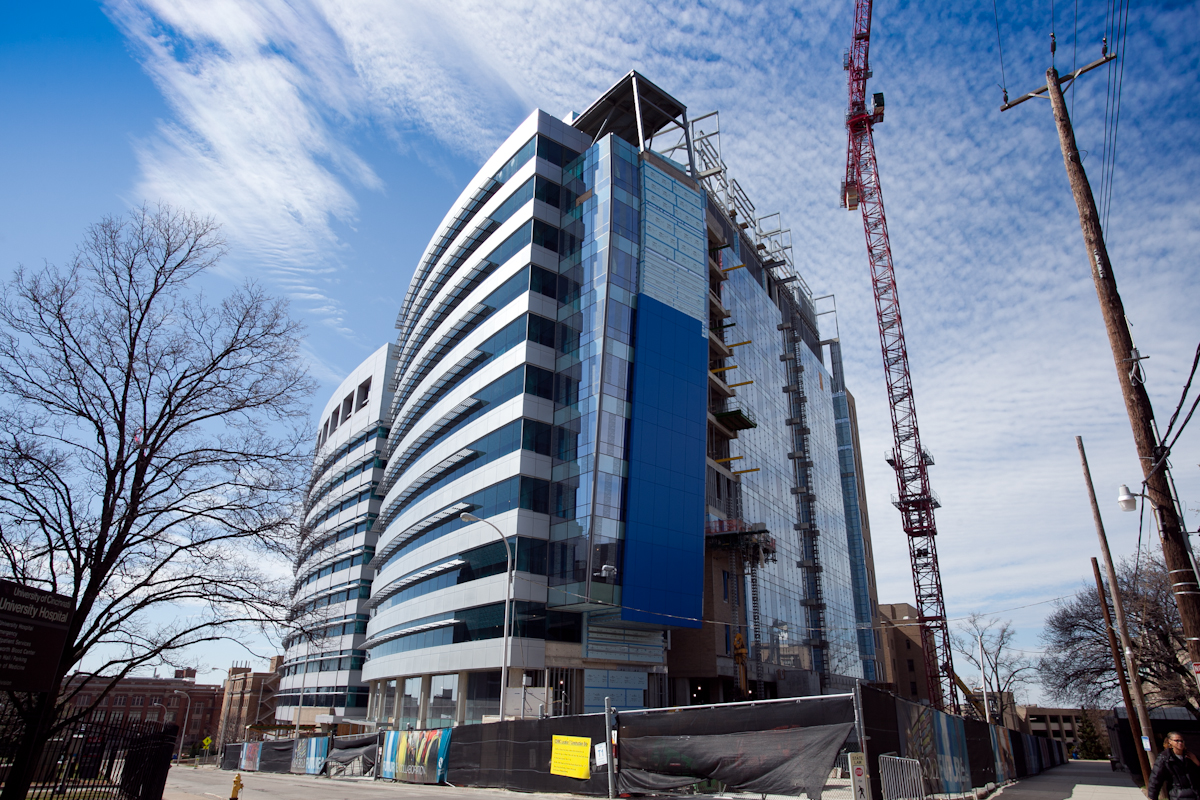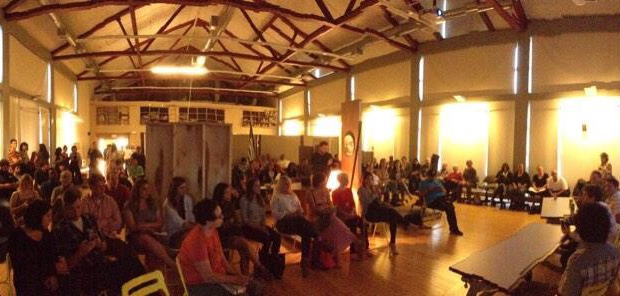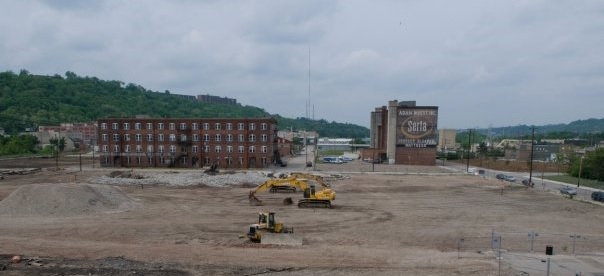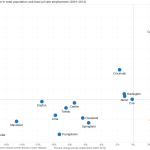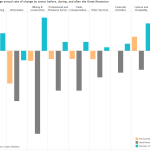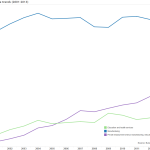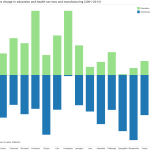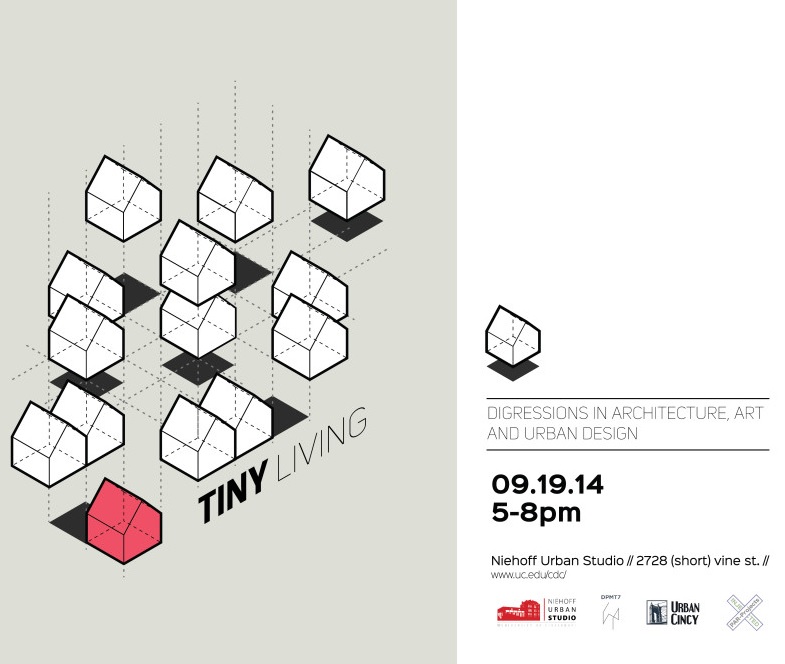Just about a year ago, a new food delivery service entered the Cincinnati market. The idea behind it was one not uncommon in other larger urban centers around the country, but was new to the area.
While it can be simple to get sandwiches, pizza, or Chinese food delivered locally, that tends to be the limit of your options. But Robbie Sosna, who had lived Miami, New York City and Los Angeles after growing up in Blue Ash, knew the city could do better. So he launched Cincybite last December.
What Cincybite does is partner with area restaurants to deliver their regular menu items to hungry customers around the city. Sosna said they first started with just six restaurant partners and delivered only during dinner time in the center city. However, after a strong start, Cincybite quickly added lunch delivery options and added an additional seven restaurant partners within two weeks after their initial launch.
The early success of the business is yet another example of the retail services not keeping pace with the city’s population growth. While the age-old idea of ‘retail follows rooftops’ may still be true, technology is also now allowing some of that to be bypassed through innovative on-demand delivery services.
“In New York and LA there were restaurant delivery services, and I was surprised to find none existed in town,” Sosna explained. “The response has been phenomenal and I’m working hard to expand the service through the metro area.”
This is not his first foray into the food industry. In 2009, he purchased his first Freshii franchise in Los Angeles before ultimately moving those operations to Cincinnati and bringing the popular fresh food chain to the region in 2012.
Cincybite’s offices are located downtown and are currently staffed by six employees who are tracking all sorts of data and usage patterns. The data they are collecting, Sosna says, is what is helping them determine what other restaurants to approach, types of food to add, and which areas to expand to next.
One area that has not yet been officially added to Cincybite’s delivery area is the city’s west side neighborhoods, but they say it is only a matter of time, and drivers, before that happens. As for now, the focus remains on the region’s center city neighborhoods and many on the city’s east side and along the I-71 corridor.
“When looking at future areas of growth, my director of ops and I study our current sales data and customer feedback,” Sonsa explained. “We’re looking at strengthening our variety of restaurants in our current zones and planning our growth north.”
When asked where those next areas of operations might be, he said that they are looking at Kenwood, Madeira, Blue Ash, Montgomery and Indian Hill, but also clarified that Cincybite has unofficially also begun serving the west side.
Growing Cincybite’s delivery area and food options is just the beginning of the company’s overall growth plans. They have just launched a new service that offers delivery of basic grocery items and other incidentals like batteries, cleaning products, toiletries, over the counter medicine, baby food and supplies, and snacks. Likening the service to Amazon Fresh, Sosna says that he is working with a number of other businesses in order to add even more items.
“We’ve had conversations with local pet shops, butcher shops, dessert companies and a variety of other businesses looking to add additional revenue and awareness to their brand,” said Sosna. “There really is no limit for what Cincybite can offer Cincinnati, and we’re working hard to expand the delivery zones so everyone in the city can enjoy.”
Those who want to use the service merely need to register for an account and then shopping as would typically be done with any online retailer. The website also allows customers to select the date and time they would like to have their items delivered, and also allows for the user to pre-select an amount to tip the driver.
But one thing that was made clear was that none of this would be possible for Sosna without the resurgence taking place in Cincinnati. Had it not been for that, he said he may have stayed in Los Angeles instead of coming home.
“The commute back and forth for 2.5 years helped calm my nerves, but as I opened my Freshii location and began spending more time in the city, I realized a lot of progress had been made and the city was headed in the right direction,” Sosna told UrbanCincy.
“The approval of the streetcar, construction of The Banks, revival of OTR, food scene throughout the city, investment in tech with Brandery and Cintrifuse, and GE selecting Cincinnati for their future operations center were just a few of the reasons highlighting how great the city had improved and made the transition all the easier.”

